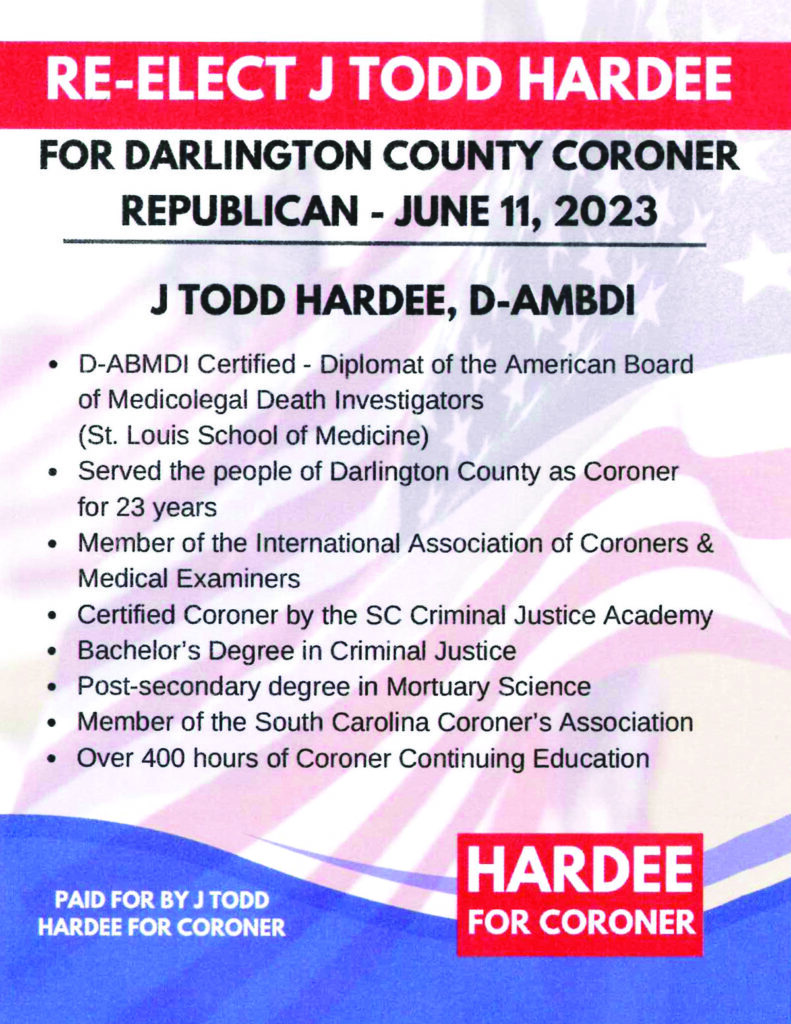At Bob’s Store, you touch the past; the past touches you


By Tom Poland
The store’s filled to the brim with antiques. They hang from the ceiling. They fill aisles. It’s a place I could check out for hours. Why, there’s even a …
Wait a minute. I’m ahead of myself. Antiques didn’t catch my eye. No, what first caught my eye was the old 76 gas sign on the store’s exterior and the hand-pump in grass. Then I saw a hand-lettered sign on its front wall. I got out to read a Corinthians verse hand-lettered in red paint:
“Love bears all things, believes all things, endures all things, love never ends.”
From that day on, driving through Ward, I looked upon Bob’s Store with reverence. The old wood, painted red and white, has faded, but the store’s dignity remains intact. Two USA flags flutter in the breeze. That does my heart good in this era when ingrates bash America.
One day I drove by and the store was open. I had to stop. That’s when I saw how the store was stocked with goods from yesteryear. I spotted an electric football game of the 1960s. I saw dolls, road signs, Coca Cola signs, and antique car tags. How about a fire hydrant? Your dog might like that.
There’s much to see. Carnival horses, kids’ fire trucks, and a Bob Hope mannequin. How about a Styrofoam Frosty the Snowman? That’d be handy come December. I spotted, too, what seems to be an antique baby stroller. My list could go on.
Old stores stuffed with antiques amount to a museum. Take the cement floor in Bob’s store. It goes back to 1840 or earlier. I stood where others stood as the Civil War began to brew. I stood where others stood when the Wright Brothers lifted off at Kitty Hawk. I walked where others walked when Americans stormed Omaha Beach … where folks stood when Armstrong took “one giant leap for mankind.” I touched the past and the past touched me.
A mercantile store in the beginning owned by J.A. Satcher, Rufus A. Lathrop (Bob) took over the store in 1962 or ’63 and ran it as Ward Variety Store. Jim, the son of Rufus, manages the store today.
And what about all the stuff? Where did it come from? Where will it end up? Stuff like a beautiful floral washbasin and pitcher. When I laid eyes on it I conjured up a hotel room where Outlaw Josey Wales washed his face using a pitcher and washbowl. Then he took the stairs to the saloon for a shot or three of whiskey.
What fascinated me most? The Victrola gramophone with its bright gold horn. No doubt people marveled at it in its day. For sure it amazed Nipper. Yes, Nipper, the dog who famously stares into a Victrola’s metal horn as he hears his deceased master’s voice. Well, hold on. Some spoilsports said that wonderful story’s not true, but I’ll share it anyway.
English artist Francis Barraud painted Nipper and titled it “His Master’s Voice.” The newly formed Gramophone Company acquired the painting in 1899 and it became the trademark by the Gramophone Company’s United States affiliate, the Victor Talking Machine Company.
The terrier belonged to Barraud’s brother, Mark. When Mark died, Francis inherited Nipper, along with a cylinder phonograph and recordings of Mark’s voice. (Said to be impossible since Mark died in 1887.) Nipper’s curiosity sparked by this sparkling new invention could be true, it just wasn’t his dead master’s voice. What a drag. Well, onward.
And where might this dog-gramophone image have been painted? At 92 Bold Street, Liverpool, just 13 minutes from the Cavern Club close by the River Mersey. It was there that four young men arose to dominate recording sixty-five years after Gramophone acquired Barraud’s painting.
Somewhere in Bob’s old store a 45-RPM Beatles record may sit on a shelf. I’ll go back and see if my hunch is right. Even if I’m wrong, it’ll be a good day at this old store, a museum like no other immune as it is to the ravages of time. Come a Saturday you may find me there looking through the stuff.


